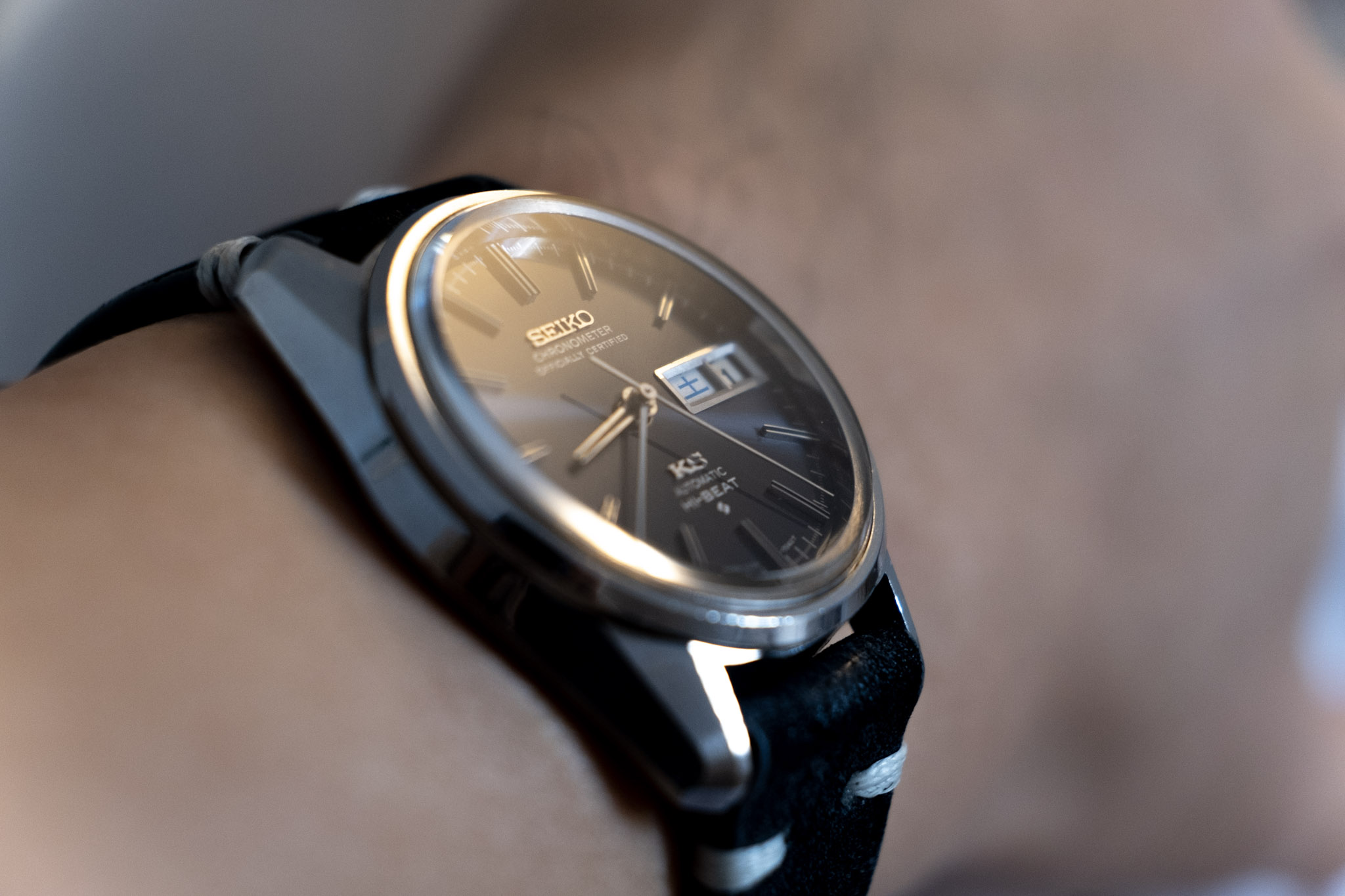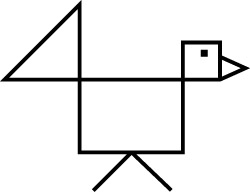Ah, King Seiko 5626-7041. You may have lost your battle with Grand Seiko but you still won my heart. ❤️
In the 1960’s, Seiko was on a mission to disrupt Swiss watchmaking. To accelerate innovation, Seiko split into two completely independent subsidiaries, pitted against each other in a race to produce the finest watches capable of beating the Swiss in competition; These two subsidiaries were Suwa Seikosha and Daini Seikosha. Suwa created the Grand Seiko while Daini created the King Seiko — both more than capable of going toe-to-toe with its Swiss counterparts. While both King and Grand Seiko lines were discontinued when the quartz crisis hit, it was Grand Seiko that was revived (in 1998) and has since become Seiko’s flagship property. However, there are those of us who have not forgotten King Seiko and its important contribution to watchmaking history.
This particular example of King Seiko happens to be my favorite expression of Taro Tanaka’s “Grammar of Design” – an ethos founded by the head of Seiko’s first truly design-led effort in the 1960’s to challenge Swiss dominance. The case showcases sharp lines and faceted lugs alternating a brushed finish with mirror-polished surfaces to give it an almost jewel-like quality. A tenet of the Grammar of Design, the geometry and finish of the case and dial were designed to maximize the reflection of light – and this one still sparkles after 46 years.
The official chronometer rating is another interesting story. For a brief period in the late 60’s and early 70’s, some Seiko’s were actually certified chronometers by Bureaux officiels de contrôle de la marche des montres (precursor to COSC). Seiko would eventually eschew the Swiss-based chronometer certification in favor of their own more stringent standard.
This King Seiko 5626-7041 remains a shining testament of Seiko’s journey in watchmaking excellence.


Leave a Reply
You must be logged in to post a comment.